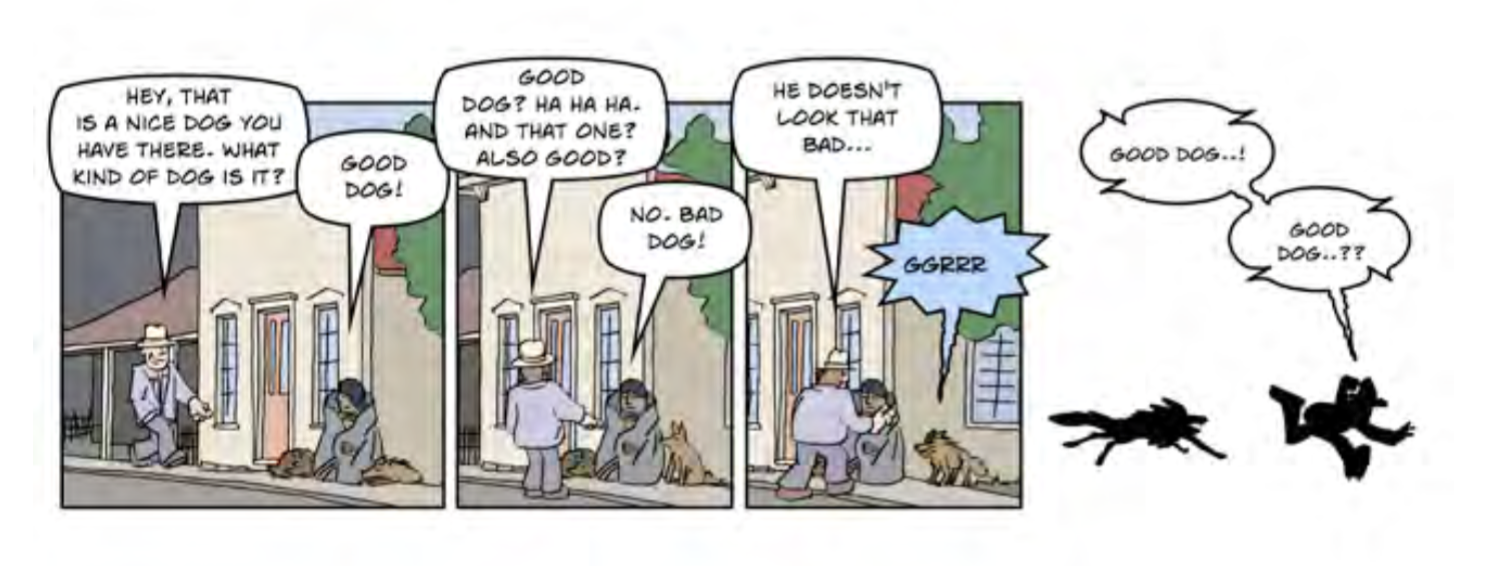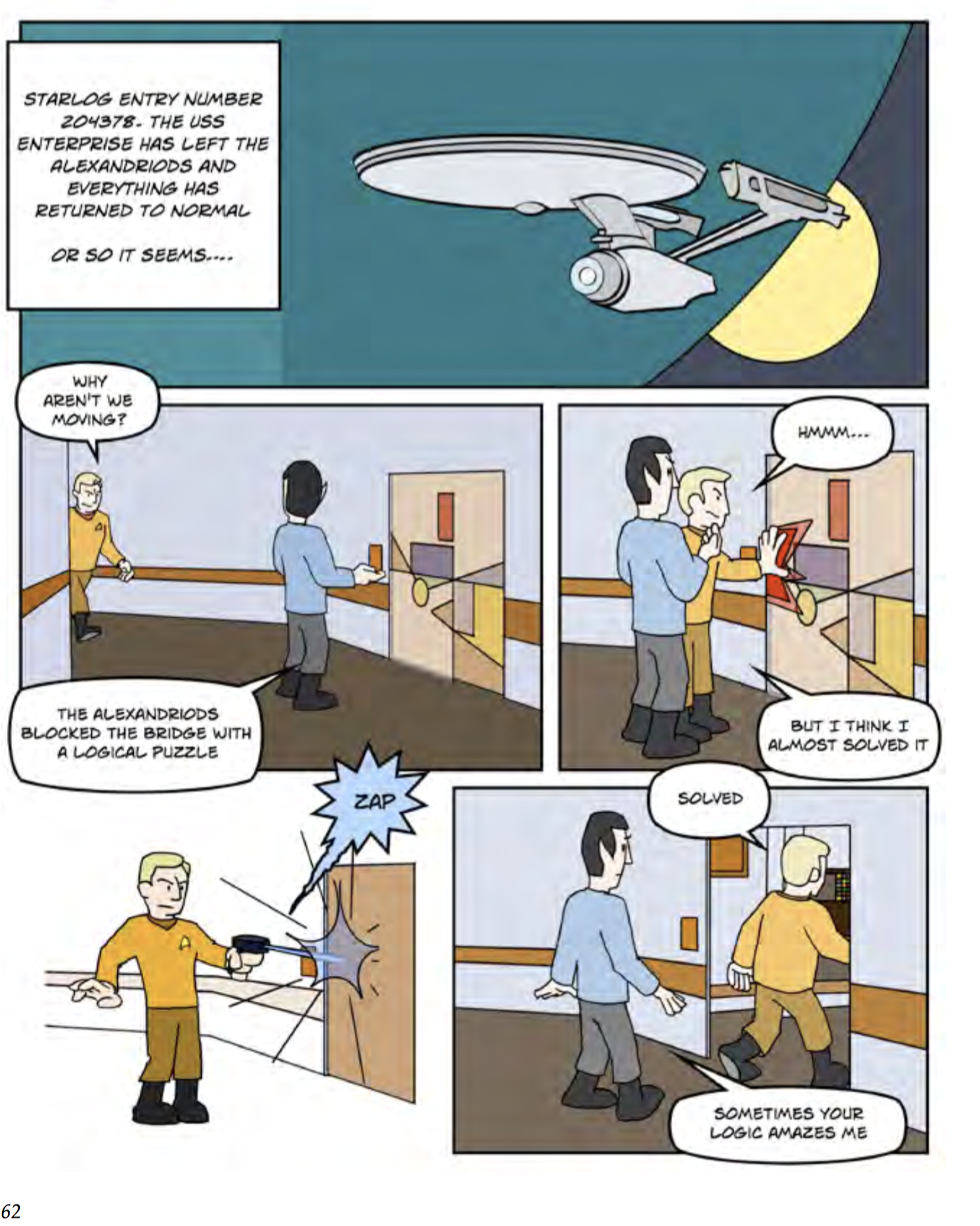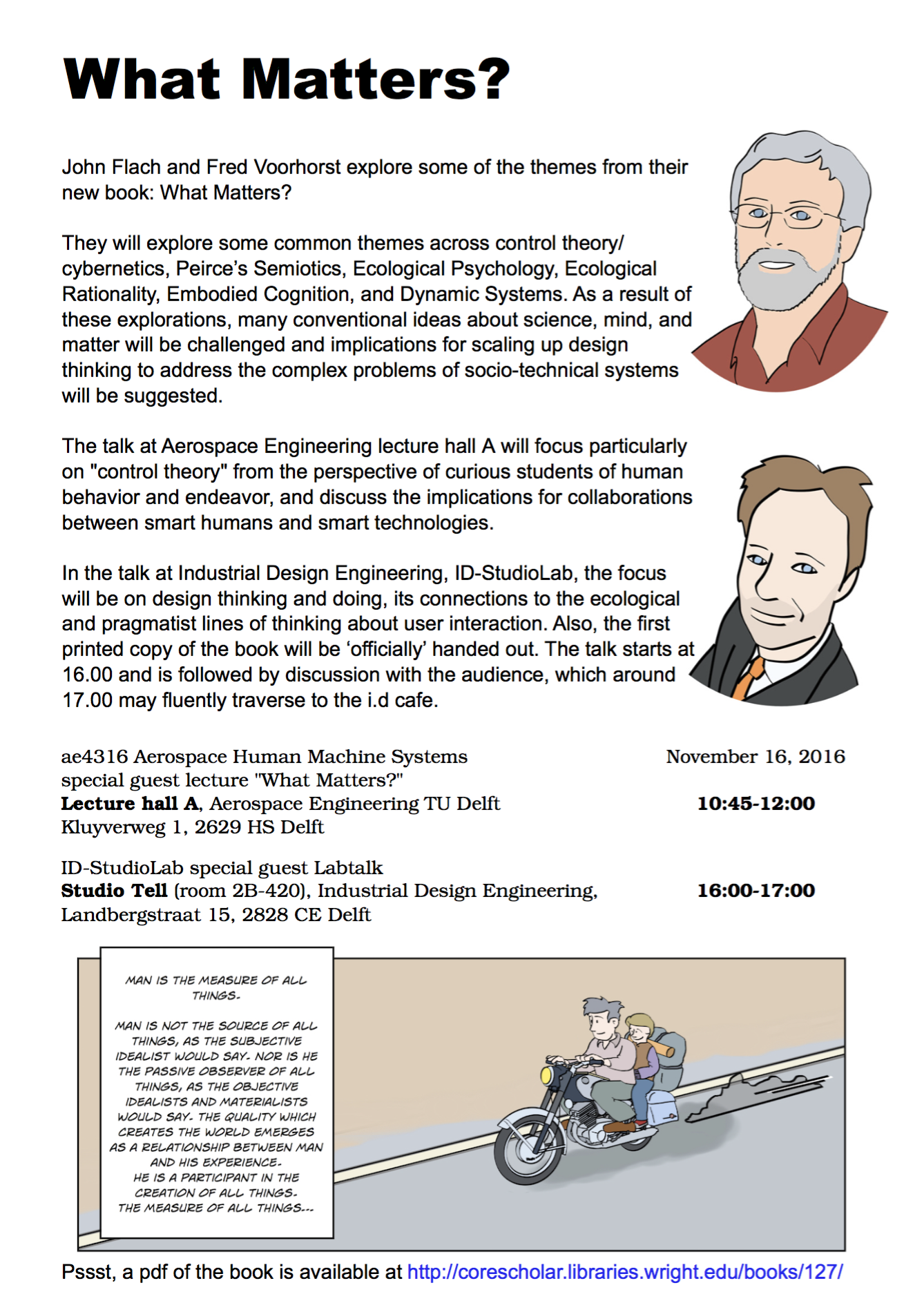Social Friction
Have you ever had a fantastic idea that got crushed in discussions with peers and colleagues? Perhaps, the idea was not completely crushed, but it became necessary to compromise and to modify or delay implementation of your idea in order to reach enough consensus for the organization to act on your idea. Or has it ever happened that you later conclude that an idea that you thought was great at one time, turns out to be not so wise and you thank your lucky stars that resistance from within the organization prevented you from making a big mistake. Almost any idea that requires an organization to change course or to try something new or different will come up against resistance (will experience social friction).
In some cases, the social friction will alter or delay implementation of an innovative good idea. But in other cases the friction will result in constructive improvements to the initial idea, and in other cases the friction will prevent the organization from implementing a change that might appear to be a good idea to some, but that would have actually led the organization down a risky or dangerous path.
Essential Friction
Imagine trying to walk or stand on a surface with minimal friction (e.g., on very slippery ice). Under such conditions, maintaining stability can be problematic. On the one hand, friction or drag is considered to be a an obstacle or cost when it comes to movement (e.g., a waste of energy). However, on the other hand, friction can be essential to controlling motion (e.g., maintaining balance and being able to walk to a goal and stop without sliding past). Thus, zero friction is not a desirable condition when it comes to controlling locomotion. As Gene Rochlin has noted:
Without the damping effect of friction, we would live in an impossibly kinetic world in which the consequences of every action would persist and multiply to the point of insanity (p. 132)
Of course, there can be too much friction, such that the energy costs of motion are prohibitive. The bottom line, however, is that some friction is essential for stable, controlled locomotion.
As in the physical world, Rochlin suggests that friction may also be essential to sanity in the social world.
In the realm of the social and political, morals, ethics, knowledge, history, and memory may all serve as sources of "social friction," by which gross motions are damped, impetuous ones slowed, and historical ones absorbed. Such friction is essential to prevent the persistence and multiplication of social and political movements once their driving force is removed (p. 132)
In the social context, an analog to friction might be the opposition and second guessing that tends to arise with any new idea or prospect of change within an organization. A new idea that might at first appear as an innovation, will gradually lose steam in the face of opposition and critiquing. Thus, ideas that are not continually pushed or infused with energy will dissipate, perhaps without ever being implemented. Some of these ideas might have been positive innovations and others might have been simply ill-formed or bad ideas.
Incrementalism
If the abduction or adaptive control logic illustrated in the previous blog (#7) is representative of everyday sensemaking, and if the underlying dynamic is essentially muddling through, then a natural question to ask is: What does skilled muddling look like?
Lindblom's term 'muddling' suggests a messy, chaotic process - a kind of meandering with little chance of convergence. This term stands in stark contrast to the term 'control' and the image of a 'servomechanism' that is the typical image of a control system used in the social sciences. In the servomechanism metaphor there is an implication of a well defined goal and well-defined criteria for comparing the current state to the goal state to yield a well-defined error signal for guiding activity.
However, Lindblom notes that for many public policy decisions there is no single, well-specified goal. Rather there will typically be many competing goals or value systems. In many cases these will be incommensurate relative to each other and only tenuously linked with actions or outcomes, making it difficult to even know when you are on the right track. Thus, with regards to public policy and many important personal decisions (e.g., buying a home, choosing a profession, wooing a mate, voting for a president) there is no a priori well-specified goal or performance standard to specify the right path to a satisfying end. In fact, one might claim that the only reliable metric for judging the quality of a decision or action is the degree of satisfaction with the result. At best, we can recognize a satisfactory solution when we get there - but even that might be questioned (e.g., sour grapes).
However, Lindblom's term incrementalism does suggest something about what quality muddling might look like. This term suggests that quality muddling results from making small (incremental) changes. This suggests a conservative approach that tends to progress through small tweaks to policies that have worked in the past. This strategy progresses through small changes to existing policies, rather than through dramatic innovations.
Stability in Closed-Loop Systems
For the social sciences, the simple servomechanism (e.g., thermostatic control of room temperature) is the prototype of a control system. However, from the perspective of control theory, the simple servomechanism is only one of many solutions for regulating processes. In regulating complex processes (e.g., multi-dimensional), complex control strategies are necessary (e.g., multiple sources of feedback that must be integrated in ways consistent with the process dynamics). In many cases (e.g., when there are long lags in the process or when there are uncertainties about the process dynamics) simple compensatory control (i.e., based on current error feedback) may not yield a stable control solution.
In assessing alternative solutions - particularly for complex processes - the first priority of control theory tends to be stability or robustness. Typical ways to increase the stability or robustness of control solutions is to lower the gain or add damping. In many respects this is analogous to adding friction. The lower gain or damping makes the system more conservative - less responsive to error or deviations from a goal or ideal. It makes the system resistant to change, and reduces any tendency to follow the 'noise' down a garden path to catastrophe.
With respect to gain, good designs trade off speed for accuracy and stability. Lower gain means slower responses - but it also reduces susceptibility to noise or over shooting the target. With respect to robustness, good designs typically trade-off local optimality for stability. That is, a robust controller may not be optimal for any situation, but it will typically be satisfactory for a wider range of situations than a controller that is tuned to be optimal for particular situations.
The prototypical example of a case where a control system is not conservative enough is pilot induced oscillations. This is a situation where the pilot's gain is too high. The pilot overreacts to the errors and the result is that his actions actual result in divergence from the intended target state - often with calamitous results.
Skilled Muddling
Thus, Lindblom's intuitions about incrementalism as a good strategy for dealing with complex sociotechnical problems is consistent with principles derived from control theory. The point is not for organizations to be rigid or completely adverse to change. Change is necessary to keep up with the demands of a changing ecology. However, skepticism and checks and balances with respect to radical new ideas can be essential to skilled muddling. In other words, the friction associated with building consensus within an organization of diverse people with conflicting opinions and values can be essential to the long term success (stability) of the organization.
In order for a control system to be robust in a complex world, a conservative approach to change is generally a good strategy. This helps to ensure that the actions of the organization will generally be responding to the signals (i.e., actual changes in the ecology) rather than the noise (i.e., imagined changes), and that the system will result in satisfactory performance over a wider range of situations. This strategy allows good ideas that are persistently advocated to eventually influence the direction of the organization, while protecting the system against the risks associated with bad ideas and misplaced enthusiasm. The bottom line is that slow and steady progress (i.e., the turtle's strategy) is what usually wins the race in a complex risky world.
Rochlin, G.I. (1998). Essential friction: Error-control in organizational behavior. In The necessity of friction (ed.) N. Ackerman, Boulder, CO: Westview Press. 132-163.




